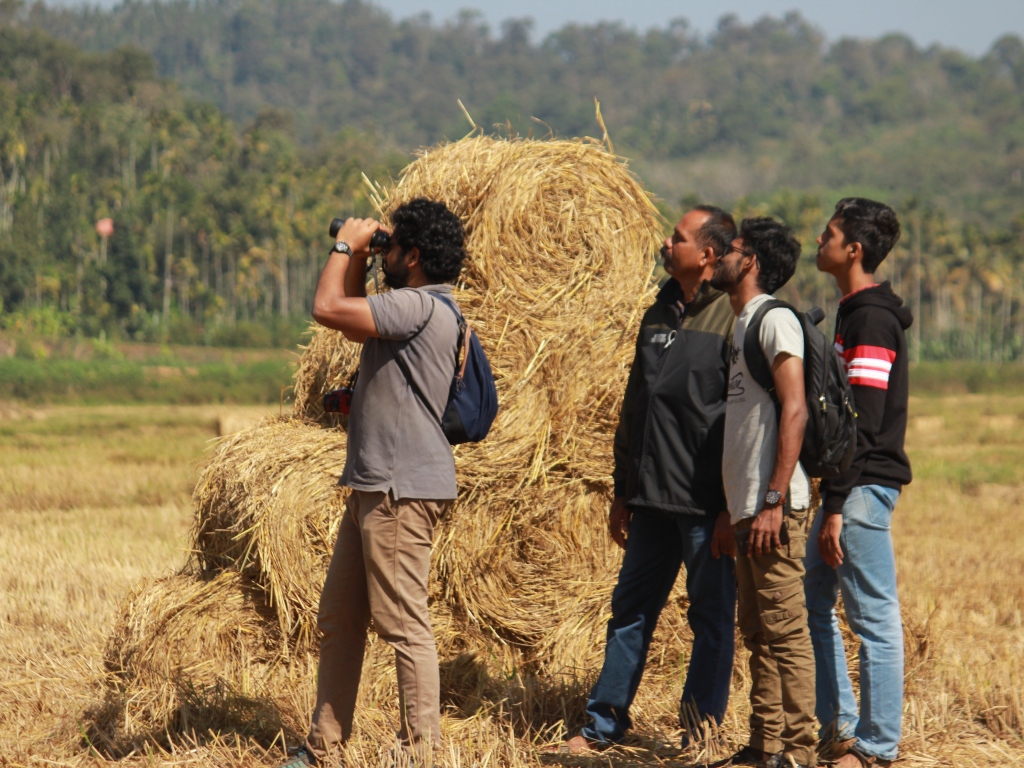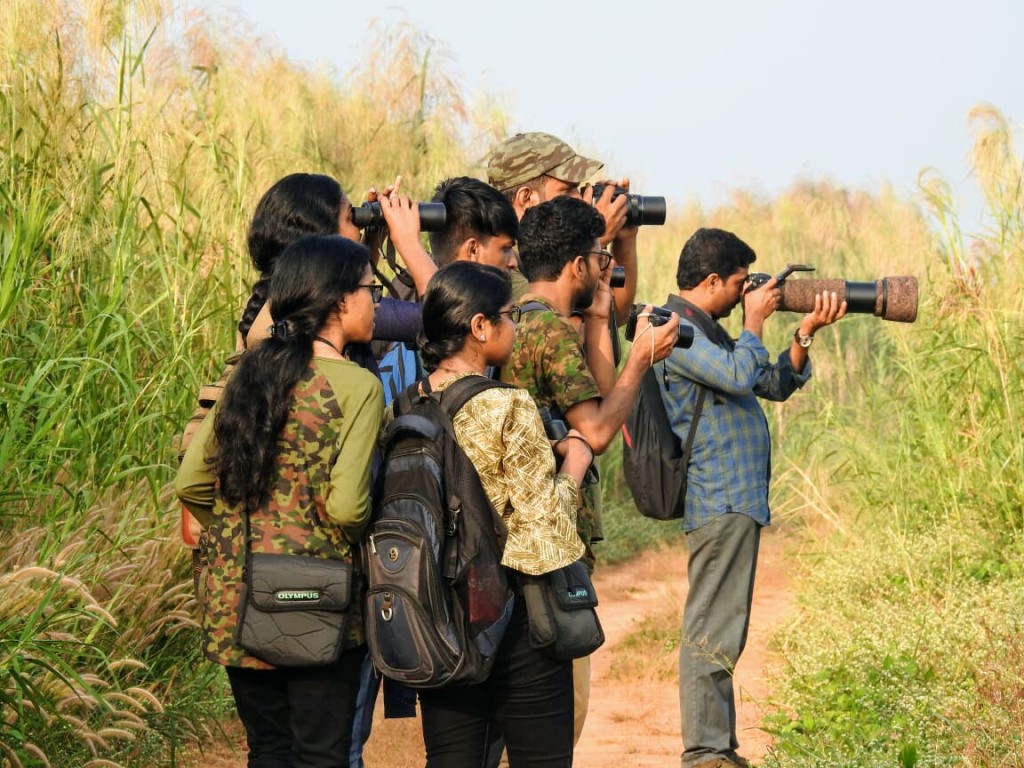I’ve never known how to plan a bird watching trip. It’s all good to dress up with in khakhi clothes and hang a pair of binoculars around your neck; but there are important questions we need to know the answers to before we set off into the wild. What time of the year would be best for bird watching? Which birds should I expect to see during different seasons? Where should I be going?
Birdwatchers prepare a bird atlas to answer these questions and plan their bird watching trips. When you can finally get out of the house safely (some two years from today) and you head over to Kerala for your vacation, you’ll now have Kerala’s Bird Atlas to refer to for your bird walk in any of the state’s many sanctuaries and national parks.
A force of 1000 birdwatchers–citizen scientists as well as professionals–made this possible.

The Kerala Bird Atlas
The Kerala Bird Atlas is one of the most ambitious and perhaps the largest citizen science bird project in Asia. Over five long years, the team surveyed 4000 locations in varying landscapes across 10% of the state. “Thanks to the large network of birdwatchers in Kerala, we were able to cover a landscape with thick forests, vast wetlands, croplands and villages. Every district had a dedicated team of birdwatcher networks who executed the surveys efficiently,” says Praveen J, one of the state coordinators of this project.
Reaping long-term and short-term benefits
Not only does this help you plan your bird watching trips, the Atlas addresses a very important gap in bird conservation: we don’t really know how many birds are present and how are they distributed across different places and difference seasons. The team will repeat the process over 10 years to create a comprehensive database of bird populations and movements in the state.
The results and its benefits are also going to be felt in the short-term. For example, surveys for the Atlas revealed that even bird guides in the state can be misleading. Speaking to The Hindu, P.O. Nameer, head of the Department of Wildlife Science at Thrissur’s College of Forestry says, “Our preliminary results show interesting patterns. The jungle crow, for instance, is infrequent in central Kerala and more abundant in the Travancore and Malabar belts.” This is contrary to guides listing the jungle crow as a common bird species across the state.

A comprehensive source of information for everyone
With a large contribution from citizen scientists, this highly detailed resource is freely available for researchers and enthusiasts across the state.
How amazing is this? As a nature enthusiast and environmental science educator, I cannot be happier about such a project. Science, especially environmental sciences, needs to be more accessible to the public: to remain connected with nature and to enhance our knowledge of it. I hope similar projects are taken up with the help of citizens all around the country. I congratulate and thank the Kerala Bird Atlas team for a job well done.
A guest blog by Saurab Babu. Saurab is a passionate science communicator, who believes that sustainability can become mainstream if we can make it “cool” or a convenient lifestyle to follow. He writes and creates science education videos on Eco-intelligent.


4 replies on “Bringing birds closer to you”
The Kerala project is certainly worth it
LikeLiked by 2 people
Yes! Very interesting project. I hope they do this in other states also.
LikeLiked by 2 people
I wrote a post on Twitter of Birds & a poem too. Do check it out.
LikeLiked by 2 people
Already checked and liked also. I was not able to comment on it because the page was not allowing me to without entering my email details but I will soon!
LikeLiked by 1 person